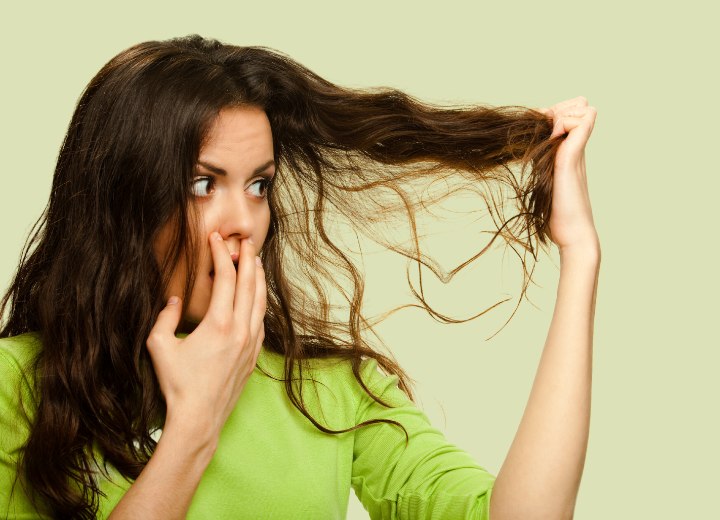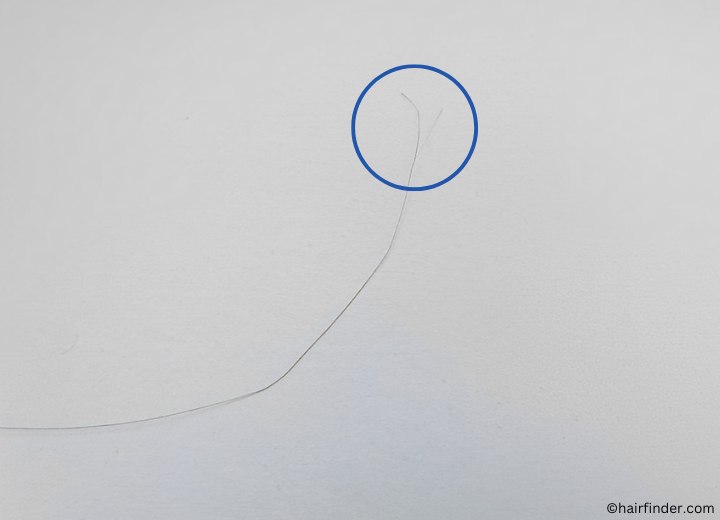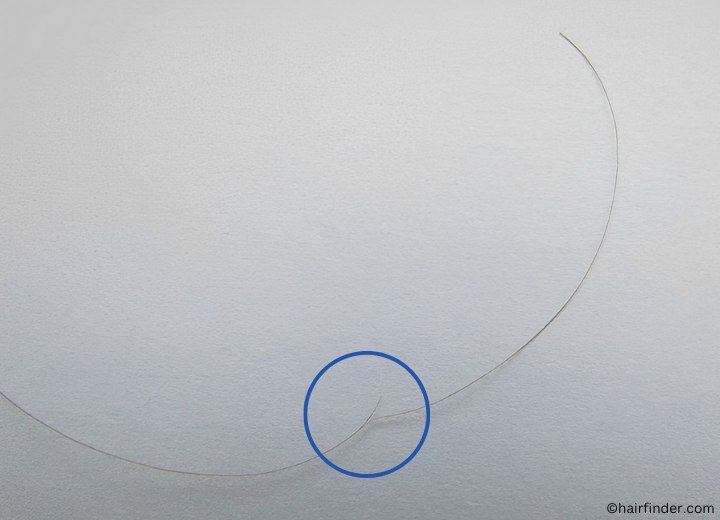How To Repair Split Ends

Many of us have found ourselves at some point dealing with the dreaded condition known as split ends. It can be caused by a variety of factors, from too-vigorous brushing to the stresses of the wind and water during recreational activities.
When the hair is treated roughly in these ways, the ends are often damaged, causing them to fray. The strands crack, and the cracks run upward along the length of the hair. This is obviously where the term "split ends" comes from.
There are "hair therapies" that claim to heal the damaged ends, while others refer to themselves as "hair repair" for split ends. Despite the difference in names, the functions are basically the same, though the names used are where most of the confusion occurs.
It may seem like a trivial matter to obsess over whether a hair product claims to heal hair damage or repair it, but these two phrases imply very different results. Only one of these sets of results is realistic.


There are several things that hair products can do: soften, add shine, smooth, cleanse, and provide body and manageability. We all know that these benefits are achievable because we've seen the evidence of it. However, when it comes to damaged hair, whether it's chemical damage or split ends, some products claim that they can "heal" the damage and leave the hair healthy again.
This is not true. The best any product can do is to make the hair LOOK healthy again. The only tissue in the body that can "heal" is living tissue. Your hair and nails are not living tissue. They consist of hardened proteins referred to as keratin. Because the tissue is not alive, the idea of saying that you can "heal" damage to them is like saying that you can heal a rip in a silk blouse or damage to a piece of furniture.
Where I take issue with the use of the term "healing hair damage" is that it gives people the idea that it's better than products that only claim to repair damage. Don't get me wrong; there are products out there that can do wonderful things for your hair, but nothing will heal damaged hair and make it healthy again.
Continue reading ...